

1. Article overview
Electrochromic (EC) materials can reversibly change their light absorption due to electrochemical oxidation with inserted ions under the applied potential, so they have broad application prospects in the fields of displays, smart windows and optical camouflage . In recent years, scientists have been committed to integrating electrochromic functions into the field of flexible wearable electronics, and at the same time integrating flexible functions into EC devices to maintain high energy efficiency, fast switching speed and long durability has become crucial. However, this is extremely challenging because: (1) EC properties and mechanical properties have nothing to do with the selected materials, their nanoscale structure and assembly methods. (2) It is necessary to jointly optimize the transparent conductive electrode and EC material and the strategy of integrating them together.
Transition metal oxides (TMO) are ideal electrochromic (EC) materials for applications such as smart windows and displays. MXenes (such as Ti3C2Tx) and its derived TMO (such as 2D TiO2) are ideal materials for high-performance and flexible EC devices due to their 2D properties and the possibility of assembling them into a loose network structure.
Based on this, Professor Hongzhi Wang of Donghua University, Professor Xi Ling of Boston University, and Professor Yuxuan Lin of University of California, Berkeley reported a flexible, fast and high coloring efficiency EC device based on a self-assembled 2D TiO2/Ti3C2Tx heterostructure. The Ti3C2Tx layer is a transparent electrode, and the 2D TiO2 layer is an EC layer. Thanks to the good porosity and connectivity of these assembled nano-thick heterostructures, they can achieve fast and effective ion and electron transport, as well as excellent mechanical and electrochemical stability. The researchers further demonstrated a large-area flexible device that can be integrated into curved and flexible surfaces, which is expected to be applied to electronic products in daily life.
Two, graphic guide
Figure 1 illustrates the manufacturing process of the self-assembled TiO2/Ti3C2Tx heterostructure on the flexible structure, which is the core functional component of the EC device. The manufacturing process includes three steps: (1) Etching Ti3AlC2 powder (MAX phase) to obtain Ti3C2Tx nanosheet dispersion, and then freeze-drying to form Ti3C2Tx aerogel. Then Ti3C2Tx aerogel was annealed in the air at 400 ℃ to completely transform into TiO2 aerogel. (2) Disperse Ti3C2Tx (TiO2) aerogel into isopropanol (IPA), and then inject it into the interface between hexane and water, where the nanosheets will self-assemble into a uniform nano-thickness film (3) The self-assembled Ti3C2Tx film and TiO2 film are sequentially transferred to a flexible polyethylene terephthalate (PET) substrate to form a TiO2/Ti3C2Tx heterostructure, where the Ti3C2Tx film is used as a transparent conductive electrode , And the TiO2 film is used as the EC layer in the EC device.
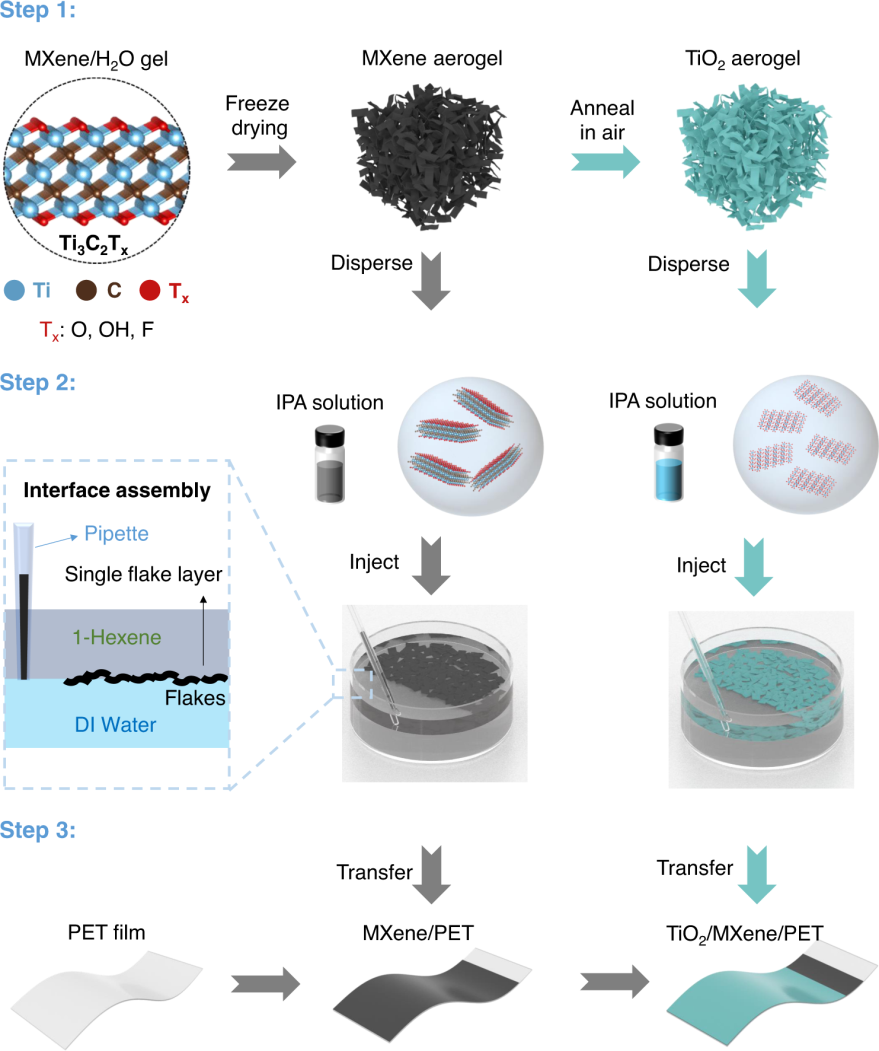
Figure 1: Manufacturing process of TiO2/Ti3C2Tx heterostructure on flexible substrate.
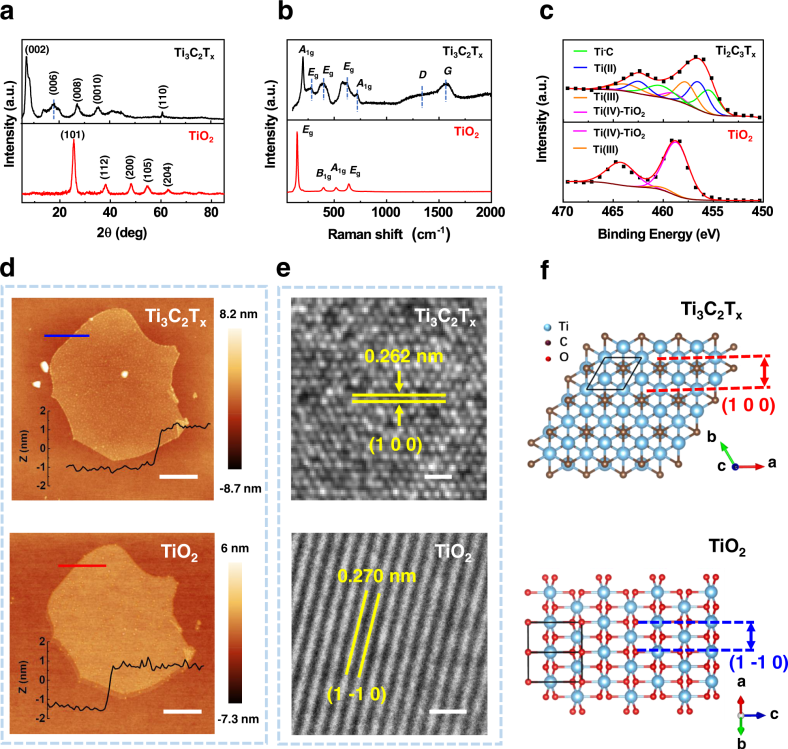
Figure 2: Conversion of Ti3C2Tx to 2D TiO2 flakes.
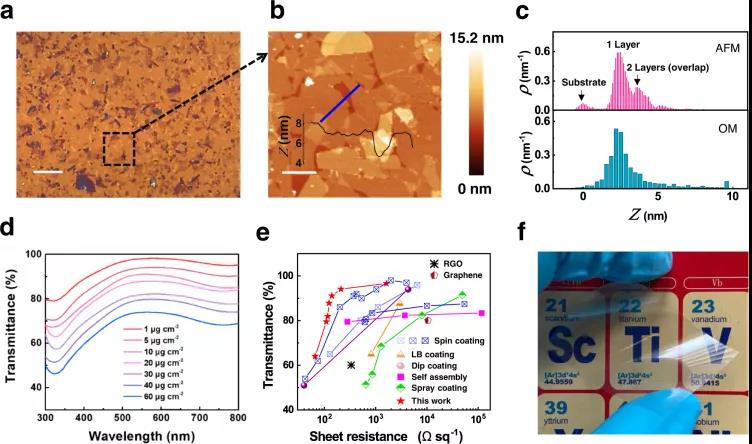
Figure 3: The characteristics of self-assembled Ti3C2Tx films as transparent electrodes.
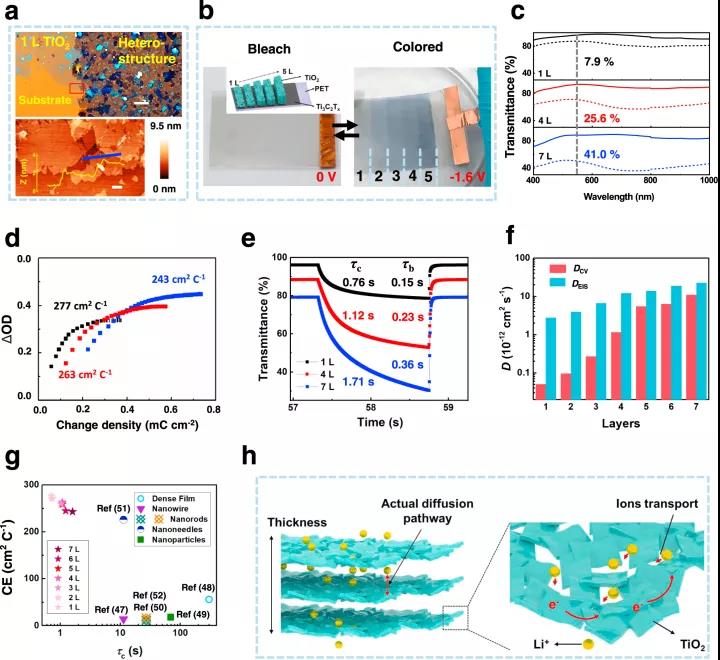
Figure 4: Electrochromic properties of TiO2/Ti3C2Tx heterostructure.
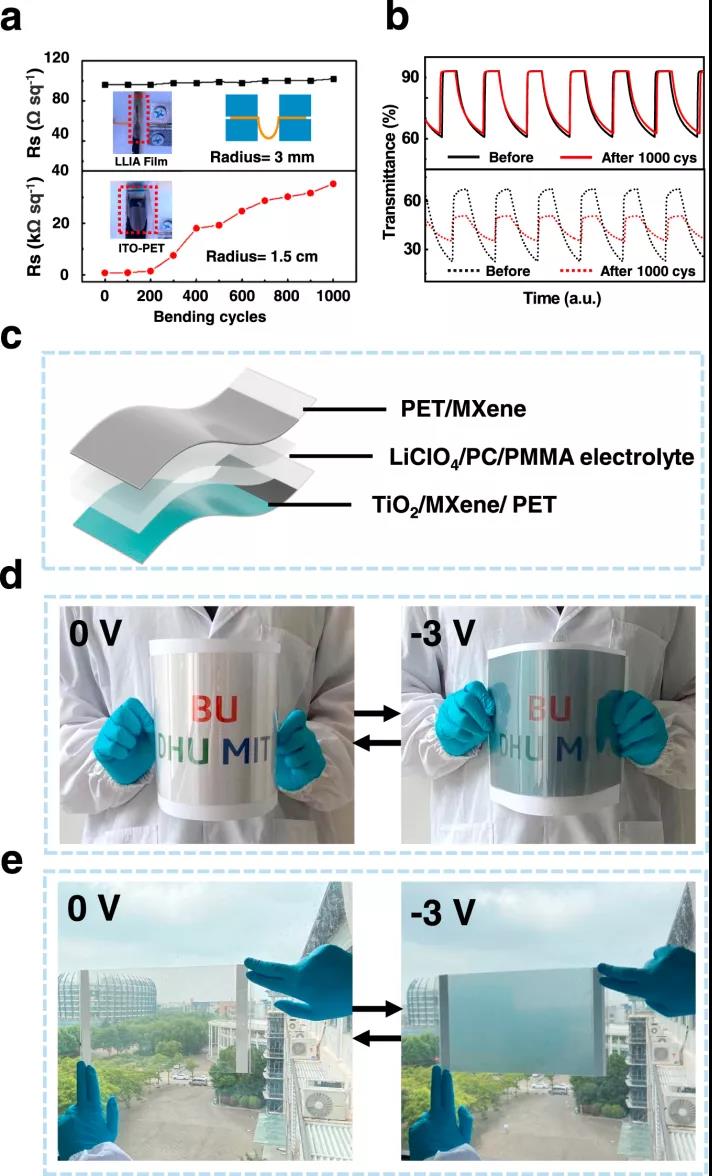
Figure 5: Demonstration of the mechanical properties of TiO2/Ti3C2Tx heterostructures and large-area flexible EC devices.
3. Thesis information
Flexible and high-performance electrochromic devices enabled by self-assembled 2D TiO2/MXene heterostructures
Nature Communications (IF=12.121)
Pub Date: 2021-03-11
https://doi.org/10.1038/s41467-021-21852-7
Ran Li, Xiaoyuan Ma, Jianmin Li, Jun Cao, Hongze Gao, Tianshu Li, Xiaoyu Zhang, Lichao Wang, Qinghong Zhang, Gang Wang, Chengyi Hou, Yaogang Li, Tomás Palacios, Yuxuan Lin*, Hongzhi Wang* & Xi Ling*
State Key Laboratory for Modification of Chemical Fibers and Polymer Materials, College of Materials Science and Engineering, Donghua University, Shanghai, China










